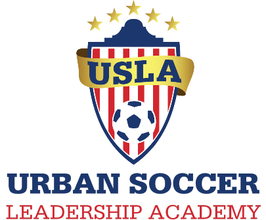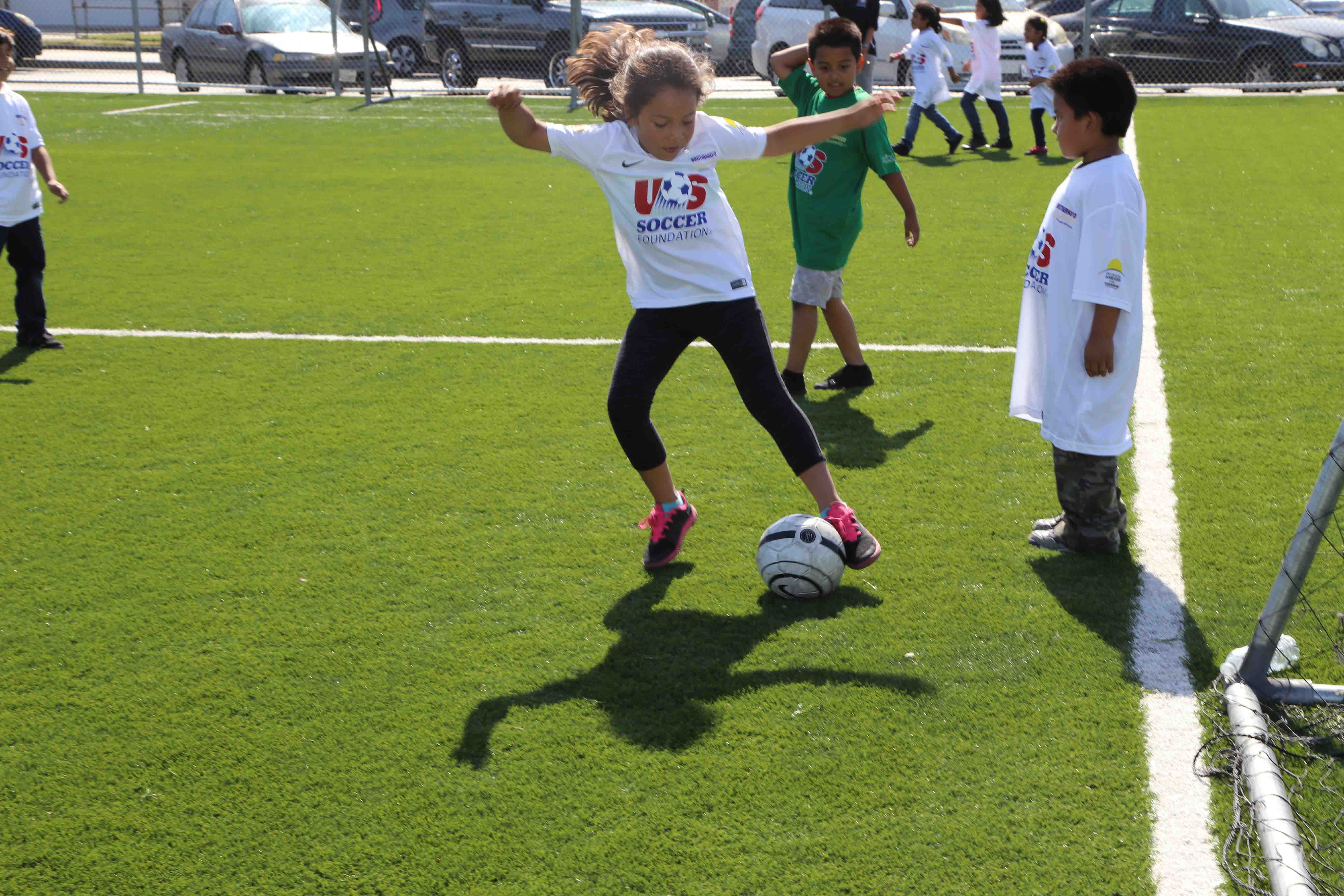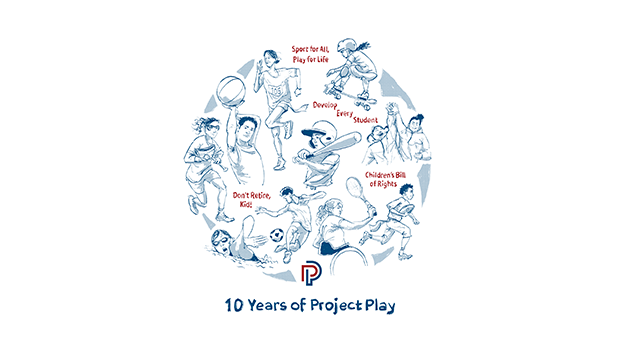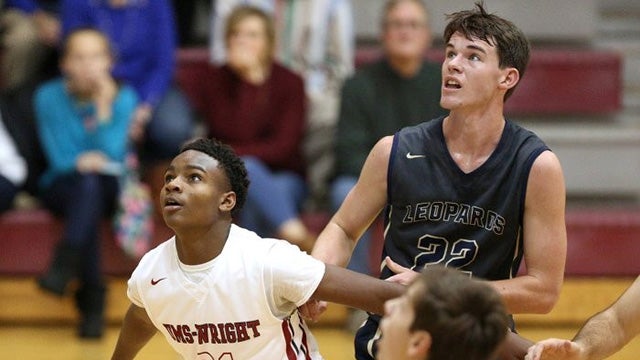The Urban Soccer Leadership Academy started in 2010 with two big ideas that are connected: Create accessible, affordable soccer teams for underserved South Texas kids (ages of 4-19) to compete with suburban clubs and use soccer to chart academic pathways toward college.
What began in one high school neighborhood at eight elementary schools with 120 recreation players and a $20,000 operating budget keeps growing. By 2016, USLA was in eight high school neighborhoods with 500 players (300 recreation, 200 academy and premier) and a $284,000 annual budget. A profile emerged of USLA players:
- 97% are Hispanic
- 85% are first-generation college graduates in their family
- 80% are economically disadvantaged and receive a full or partial supplemental scholarship
- 55% are classified as “at risk”
- 38% live in poverty
- 28% are English language learners
 USLA benefits from Ed Garza’s past as San Antonio mayor. He knows the administrative side (figuring out how to access fields) and the networking side (building USLA partnerships with local schools and universities, businesses, foundations, city and county governments, community service providers, and corporate sponsors).
USLA benefits from Ed Garza’s past as San Antonio mayor. He knows the administrative side (figuring out how to access fields) and the networking side (building USLA partnerships with local schools and universities, businesses, foundations, city and county governments, community service providers, and corporate sponsors).
“I knew it would be hard to find sponsorships just for soccer, but if we focused on breaking the poverty cycle through educational attainment, we’d have a wider audience,” Garza said.
Four universities are within USLA’s target area, including Texas Lutheran University, whose head coach helps train USLA players. Last spring, USLA staged a college showcase that gave 70 boys and 40 girls exposure to college coaches. The goal is to give the 1 percent of USLA’s elite soccer players a chance to play in college or the pros while ensuring the other 99 percent have a strong Plan B in life.
Each season, USLA charges about $175 for rec leagues and $350 or $750 for travel leagues, some of which travel within an 80-mile radius to Austin and Corpus Christi. Virtually every USLA player receives a fee reduction depending on three factors: eligibility for free lunch, eligibility for reduced lunch, and a case-by-case basis using a poverty threshold with a designed payment plan.
“We never try to do 100 percent (free) unless they’re very, very poor but very committed,” Garza said. “If you make it free, the level of commitment makes it hard to maintain through a season. You always get players who show up at the beginning and disappear. Either they lost interest or moved.”
Garza said USLA is very selective of its coaches due to the dynamics at home for many players. When coaches at one point complained about players not being committed, Garza said he challenged his staff to dig deeper. Absent players usually occur due to family or social issues at home.
A family’s immigration status can be part of this dynamic. As President Trump’s rhetoric about cracking down on illegal immigrants escalated during the 2016 presidential campaign, Garza learned that immigration was a concern for more of USLA’s families than he thought.
USLA provides legal counsel to some players whose green-card cases go before a judge. Garza said USLA tries to verify family income when providing a scholarship, though some of it’s based on trust. Garza acknowledged that if USLA asks for a family’s free or reduced lunch number, “we don’t even check it.”
Garza said building trust is the No. 1 issue in Latino communities.
“The soccer piece is easy, but they really have to trust your message: ‘This is going to change my life,’” Garza said. “Most of them have never been out of the city. They don’t understand soccer transfers lives.


